New NASA data on spiral galaxies prompts theory that’ll spin you out
NASA data from the James Webb Space Telescope has prompted a brain-bending new theory, as a rotational study of 263 galaxies opens up a possibility that our universe exists inside a black hole
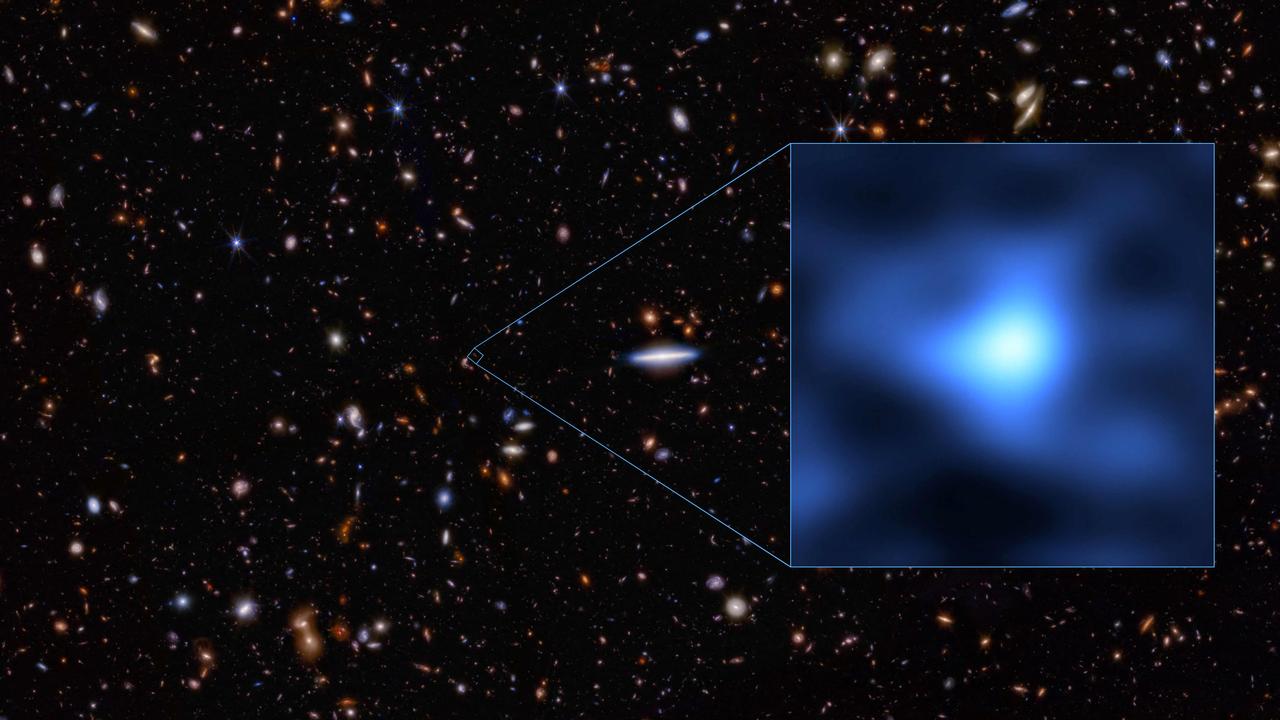
READING LEVEL: ORANGE
Puzzling observations about the Milky Way and hundreds of deep space spiral galaxies have led researchers to a mind-blowing new theory.
Researchers at Kansas State University (KSU) in the US studied new images and data from NASA’s James Webb Space Telescope and found that the vast majority of deep universe galaxies rotate in the same direction.
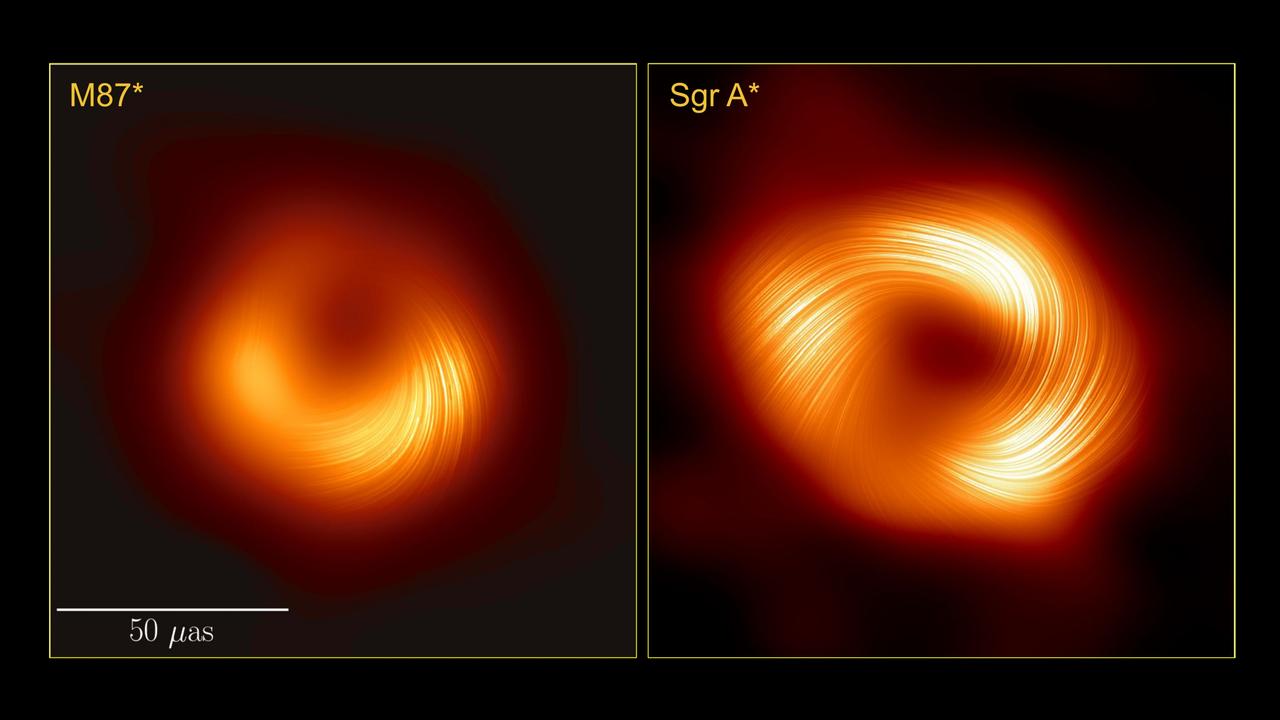
According to KSU Computer Science Associate Professor Lior Shamir, a full two thirds of the galaxies rotate clockwise, while just about a third of the galaxies rotate counterclockwise.
Dr Shamir’s study — published in Monthly Notices of the Royal Astronomical* Society — was done with 263 galaxies in the James Webb Space Telescope Advanced Deep Extragalactic* Survey (JADES) field that were clear enough to show their rotational direction.
“The analysis of the galaxies was done by quantitative* analysis of their shapes, but the difference is so obvious that any person looking at the image can see it,” Dr Shamir said. “There is no need for special skills or knowledge to see that the numbers are different. With the power of the James Webb Space Telescope, anyone can see it.”
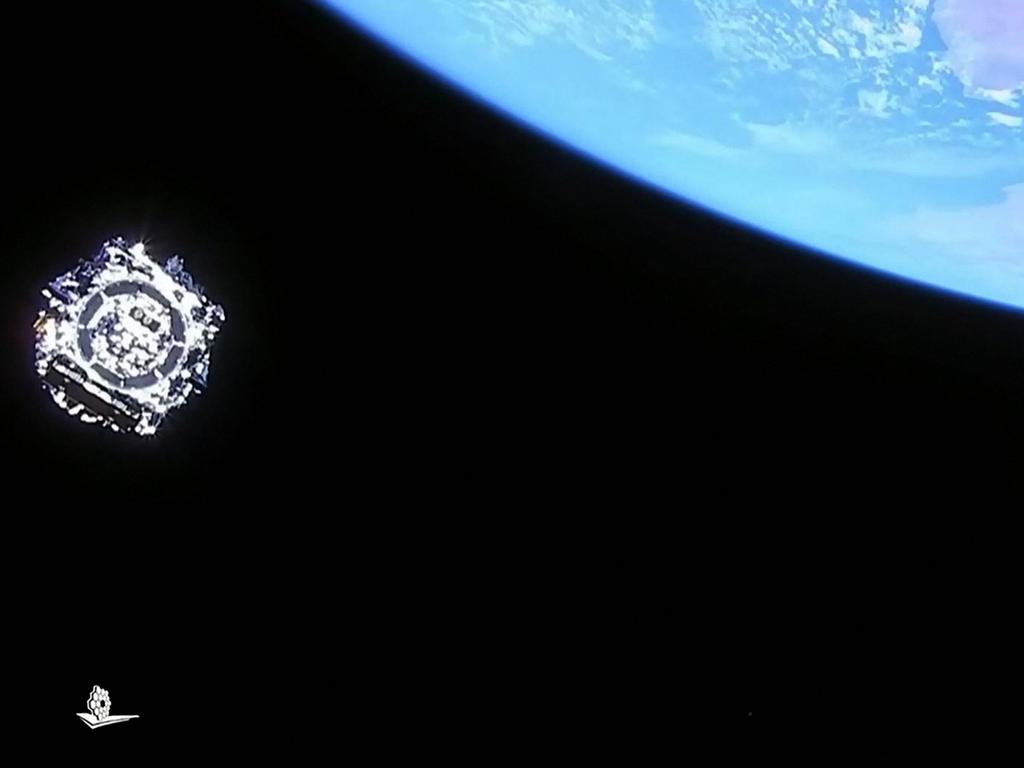
In a random universe, the number of galaxies that rotate in one direction should be roughly the same as the number of galaxies that rotate in the other direction, so it was unexpected that the James Webb Space Telescope would show most spiral galaxies rotating in the same direction.
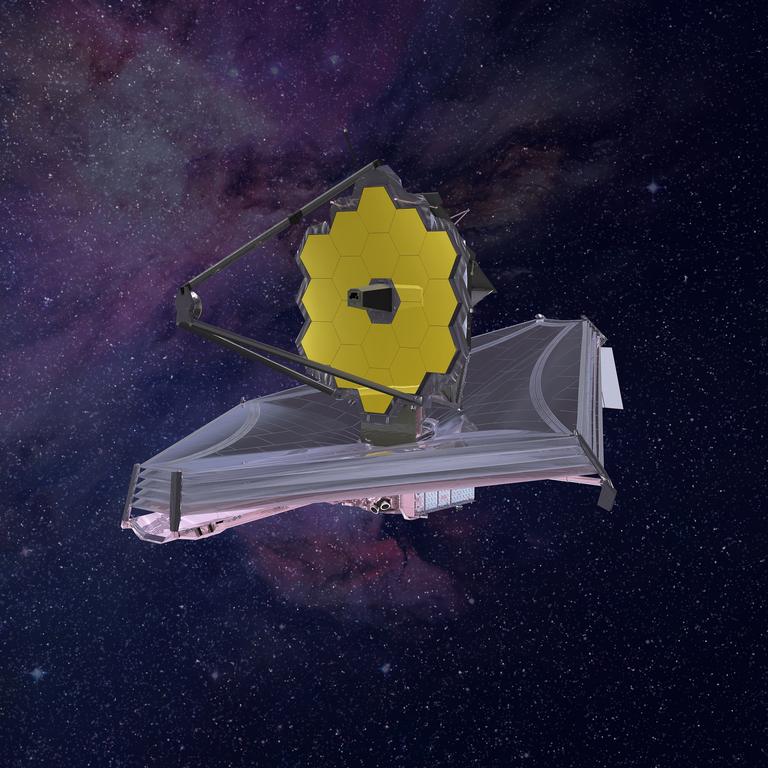
“One explanation is that the universe was born rotating,” Dr Shamir said. “That explanation agrees with theories such as black hole cosmology*, which (suggest) that the entire universe is the interior of a black hole.
“But if the universe was indeed born rotating, it means that the existing theories about the cosmos are incomplete.”
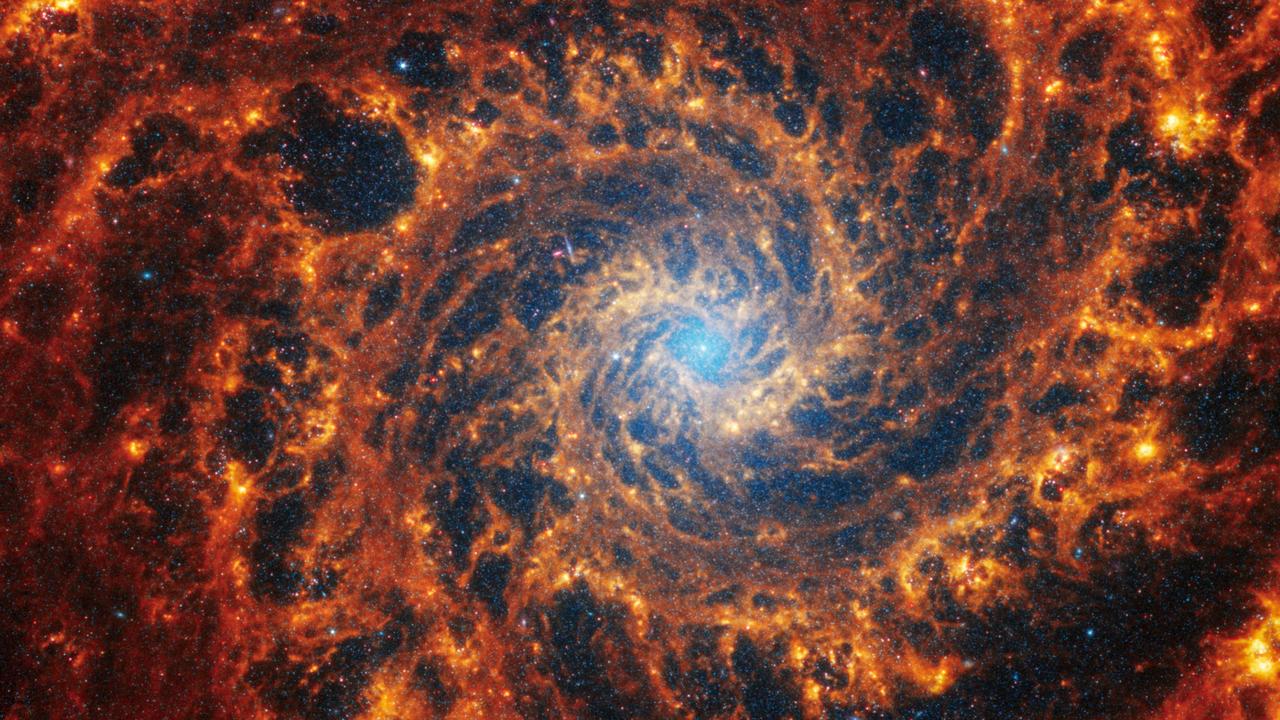
Earth also rotates around the centre of the Milky Way and researchers expected that light coming from those galaxies rotating counter to Earth’s rotation would generally be brighter due to a phenomenon known as the “Doppler shift”.
NASA’s example to explain the Doppler effect was to think about an emergency vehicle moving toward a stationary observer with its siren wailing.
If you’ve ever noticed how the siren changes pitch as it passes you while you’re standing still, that’s the Doppler shift in action. It’s an effect associated with any wave phenomena of sound waves and light.
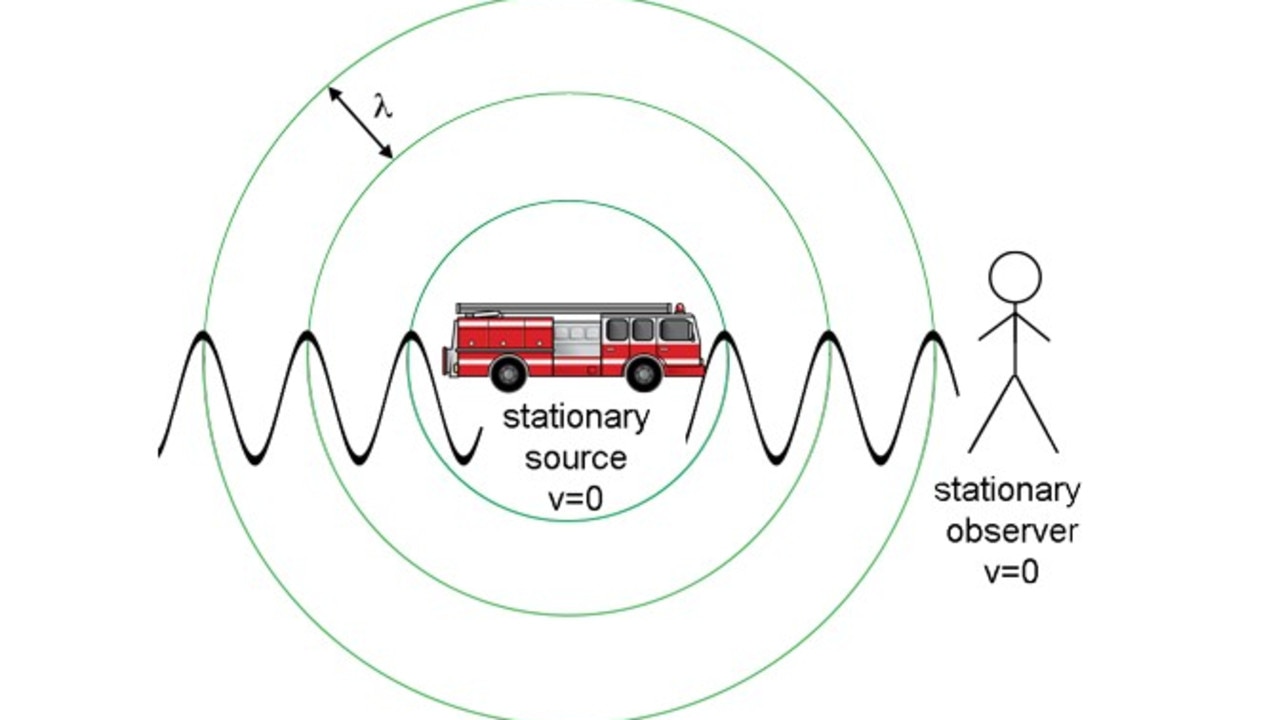
So while it was traditionally thought to be too slow to have an impact, the Milky Way’s rotational velocity may potentially effect the measurements of other galaxies after all.
“If that is indeed the case, we will need to recalibrate* our distance measurements for the deep universe,” Dr Shamir said. “The recalibration of distance measurements can also explain several other unsolved questions in cosmology, such as the differences in the expansion rates of the universe and the large galaxies that, according to the existing distance measurements, are expected to be older than the universe itself.”
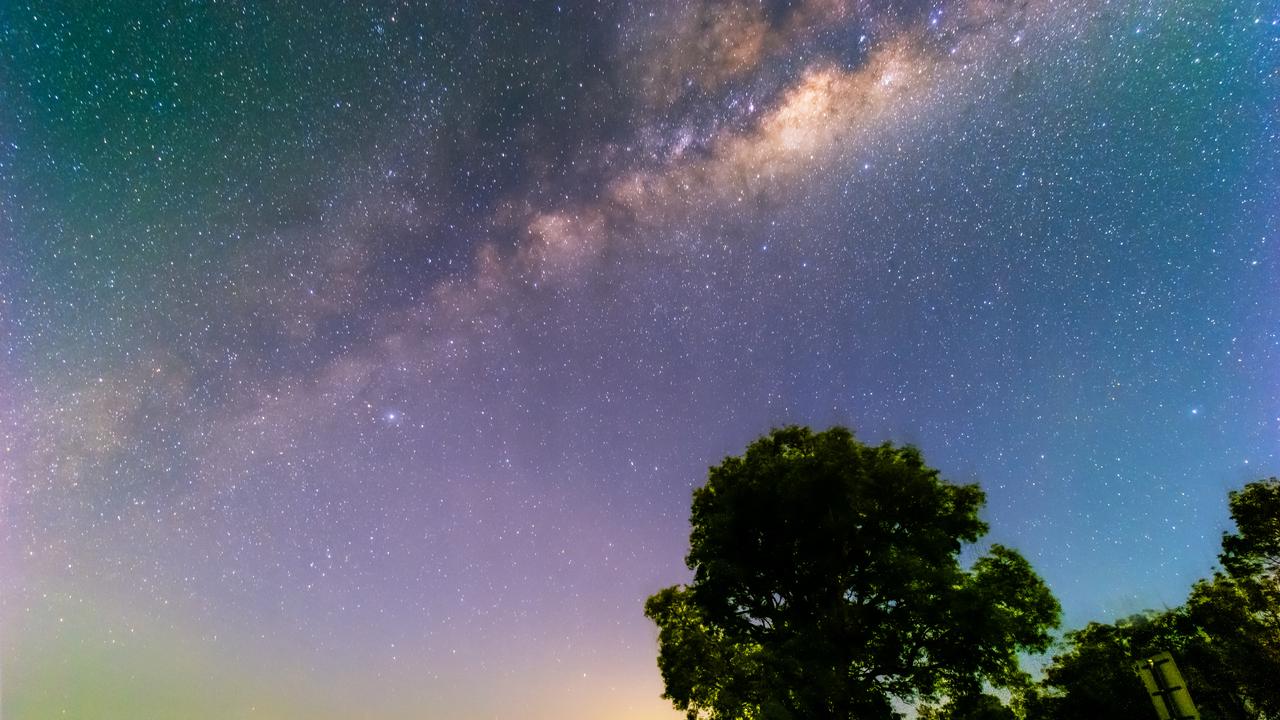
If – and it’s a mighty big “if” – black hole cosmology proves correct, and the Milky Way and every other observable galaxy in our universe sit inside a black hole that formed in another, much larger, universe, then it challenges the Big Bang as the beginning of the universe as well as many other foundation concepts of the cosmos*.
And for all the Spider-Man and Dr Strange comic book fans out there, the theory also leads to some serious science fiction thinking: that black holes within our own universe could turn out to be gateways to other universes, opening up the totally wild possibility of a multiverse*.
While no definitive* proof has been found, and much more evidence is required to understand what the new JADES data means, from that theoretical leap into deep space, the possibilities could be endless.

POLL
GLOSSARY
- spiral galaxies: twisted collections of stars and gas that often have beautiful shapes and are made up of hot young stars, often with a rotating disc at their centre and winding spiral arms that make them look massive pinwheels
- rotations: complete circular movements around a fixed point
- astronomical: related to astronomy, the science of the universe and of objects that exist naturally in space, like the moon, sun, planets and stars
- extragalactic: relating to something or coming from somewhere outside our own Milky Way galaxy
- quantitative: an amount of something that can be accurately measured
- cosmology: the study of the nature and origin of the universe
- recalibrate: change the way we do or think about something
- multiverse: used to describe the idea or hypothesis that beyond the observable universe, other universes may also exist
- definitive: definite, conclusive, final
- cosmos: the entire physical universe
EXTRA READING
Cosmic hurricane has black hole heart
Collision creates supermassive black hole
QUICK QUIZ
- Where did the new data and images used in the study come from?
- How many galaxies were analysed in the study?
- What proportion of the observed deep space galaxies rotate clockwise?
- What’s the name of the effect associated with any wave phenomena of sound waves and light?
- If black hole cosmology ever proves correct, what would it mean for our Milky Way galaxy and every other observable galaxy?
LISTEN TO THIS STORY
CLASSROOM ACTIVITIES
1. Help the journalists!
Design a diagram and a fact sheet that will help a journalist who has to write a report about this research and understand the most important information and ideas. The journalist does not know anything about this subject and doesn’t have time to research this themselves.
Time: allow at least 30 minutes to complete this activity
Curriculum Links: English, Science
2. Extension
“Who cares what direction galaxies rotate in? It’s not important!” What would Dr Shamir say in response? Write what you think that he would say to convince us that this statement is wrong. Use information from the story to help you.
Time: allow at least 25 minutes to complete this activity
Curriculum Links: English, Science
VCOP ACTIVITY
Vivacious vocabulary
Find words in the text that you find high-level and highlight them in yellow.
They are not wow words yet because you might not understand what they mean. Some of the words you have highlighted might be in the glossary, but there are probably some extra ones that you need to investigate further.
Pick three of your highlighted words and let’s investigate.
Create a card template that you can use as a resource in your classroom.
At the top write one of your highlighted words. Underneath this, add a kid-friendly definition. That means you might need to first look up the word in the dictionary, then rewrite the definition to make more sense to kids.
Next you’ll need to come up with two new examples of sentences for your word to show how it can be used.
And finally, see if you can create two activities that you could do to investigate the word further.
Share with a classmate to see what word they chose. Can you complete each other’s activity?

